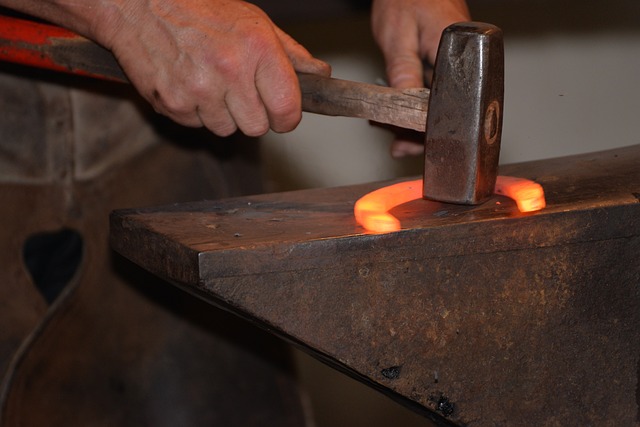by Heinz Tschaetsch
© Springer-Verlag Berlin Heidelberg 2006
Printed in German
The book “Metal Forming”, a translation of the eighth revised edition of “Umformtechnik” in German, describes the latest technology in the sector of metal forming. Part I covers metal forming and shearing processes. It describes the main features of these processes, the tooling required and fields of application. Practical examples show how to calculate the forces involved in forming and the strain energy. Part II describes forming machines and shows how to calculate their parameters. This section also introduces flexible manufacturing systems in metal forming and the handling systems required for automation (automatic tool changing and workpiece conveyor systems). Part III includes tables and flow diagrams with figures needed to calculate forming forces and strain energy.
These production units are automated as much as possible using modern CNC engineering to
reduce non-productive time and changeover time, and thus also manufacturing costs. Alongside these economic advantages, however, another important reason for using metal working processes is their technical advantages, such as: material savings optimal grain direction work hardening with cold forming.

